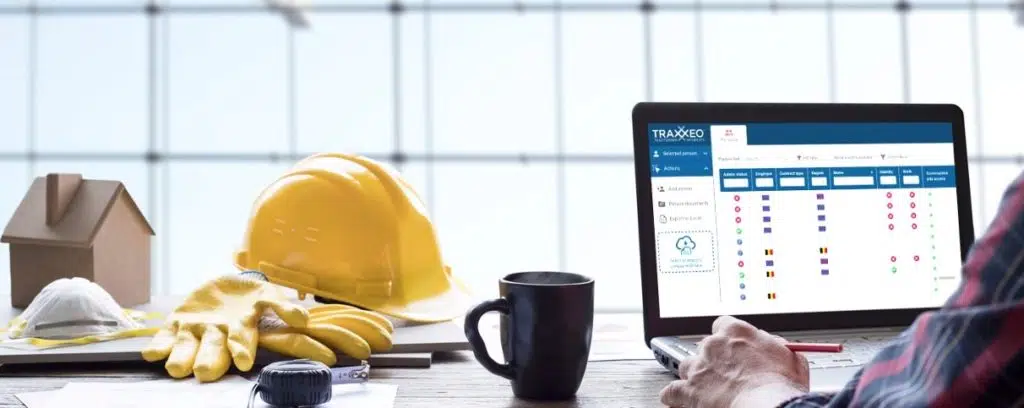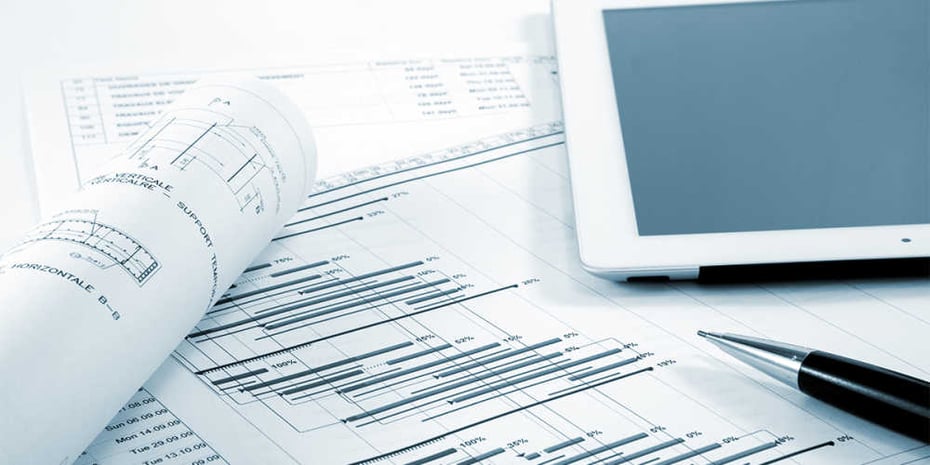Opening Efficiency: The Advantages of Construction Document Management Platforms
Opening Efficiency: The Advantages of Construction Document Management Platforms
Blog Article
Enhancing Operations Effectiveness: Designer's Professional Approaches for Building And Construction Paper Management
In the world of architectural style and building and construction, the careful monitoring of files stands as a keystone for project success. Architects use numerous methods to boost operations effectiveness and improve construction document management procedures. From skilled organization strategies to the combination of joint systems and the implementation of protected information management options, architects browse an intricate landscape of devices and methods. Amidst this complexity, a choose few specialist approaches have emerged as crucial in maximizing process performance. These strategies not only ensure smooth task progression but additionally hold the key to unlocking boosted productivity and accuracy in the complex world of building file administration.
Trick Document Company Strategies
When taking care of building documents, among the essential methods that architects use is developing a efficient and methodical organization system. This system commonly entails categorizing papers based upon their kind, such as drawings, requirements, agreements, and permits. By developing clear and distinctive groups, architects can swiftly situate details info when needed, conserving time and reducing errors in the building process.
Within each classification, designers better organize records by developing subfolders or making use of numbering systems to represent modifications or versions (construction document management). This ordered structure makes certain that one of the most current and relevant information is conveniently available while keeping a document of changes made throughout the task timeline
In addition, engineers frequently use electronic file management platforms that provide features like keyword search functions, version control, and gain access to limitations to improve company and partnership among task stakeholders. These tools enhance the paper retrieval process, advertise real-time updates, and facilitate smooth communication, eventually adding to the overall success of the building job.
Collaborative System Integration
To maximize paper monitoring effectiveness in construction projects, architects seamlessly integrate collective systems to improve communication and enhance coordination amongst job stakeholders. By leveraging collective platforms such as task administration software application, cloud-based storage systems, and communication tools, designers can develop a centralized center for all project-related papers and interaction networks. These systems enable group participants to accessibility, review, and work together on records in real-time, lowering delays and the danger of mistakes linked with conventional paper monitoring methods.
Collective system combination also cultivates transparency and responsibility within the project group, as all stakeholders have visibility into the most recent job updates and alterations. By centralizing communication and paper sharing, designers can make sure that all employee are working from the most updated details, reducing the chances of disputes or misconceptions emerging as a result of obsolete files.
In addition, joint platforms allow smooth partnership in between architects, specialists, clients, and various other job stakeholders, advertising a more effective and natural task workflow. By damaging down interaction obstacles and promoting information exchange, architects can drive performance and development in construction projects, inevitably leading to effective look at here task results.
Variation Control Finest Practices
Executing effective variation control practices is important for keeping document precision and uniformity in construction tasks. By developing a clear system for managing alterations, job groups can make sure that everyone is functioning from the most up-to-date documentation, minimizing the threat of mistakes and inconsistencies during the construction phase.
Among the vital ideal techniques for variation control is to assign special identifiers to every document version. This can be accomplished by using a numbering system or day stamp that clearly shows the order of modifications. By plainly identifying each model, employee can easily track the progression of the record and determine one of the most recent variation.

Automation Tools for Performance

Record control software application, like Procore or PlanGrid, systematizes project documents, making it easily obtainable to all stakeholders. These platforms permit real-time cooperation, variation control, and automated backups, protecting versus data loss. In Addition, Building Info Modeling (BIM) software application automates the about his generation of construction drawings and makes sure that modifications are integrated throughout all related records.
Incorporating automation tools with cloud storage options additionally boosts ease of access and protection. By automating the record administration procedure, project teams can concentrate their time and initiative on value-adding activities, inevitably boosting productivity and job end results.
Secure Information Administration Solutions
Efficiently guarding and handling task data is extremely important in the building and construction industry to guarantee confidentiality and integrity throughout the project lifecycle. Secure data administration services play a crucial role in shielding delicate details from unauthorized accessibility or breaches. Building companies can make use of encrypted cloud storage space solutions to firmly keep and share project documents with licensed personnel. Executing access controls, such as customer authentication and permission settings, makes certain that just licensed individuals can see or modify sensitive data.
In addition, using electronic civil liberties administration (DRM) devices includes an additional layer of safety and security by preventing the unapproved circulation or replication of task documents. Regular information backups are vital to minimize the threat of data loss because of unpredicted conditions like equipment failures or cyber-attacks. Joint platforms with built-in protection attributes enable smooth communication and file sharing amongst project team members while preserving information honesty.
Verdict
In conclusion, executing vital file company methods, integrating collaborative systems, practicing version control finest methods, utilizing automation tools, and find out this here embracing secure information monitoring solutions are crucial approaches for improving operations performance in construction record monitoring. These experienced strategies can streamline procedures, boost communication, make certain precision, and preserve information protection throughout the construction project lifecycle.
In the world of architectural layout and building and construction, the precise management of records stands as a cornerstone for task success. These techniques not just make certain smooth project progression yet also hold the crucial to unlocking improved performance and accuracy in the intricate realm of building and construction paper management.
To maximize paper monitoring performance in construction jobs, architects seamlessly integrate joint platforms to boost communication and improve control among task stakeholders. These platforms allow group participants to accessibility, testimonial, and collaborate on records in real-time, minimizing delays and the risk of errors associated with typical document management methods.
Using automation devices in building file monitoring considerably enhances performance and simplifies procedures for task groups. construction document management.
Report this page